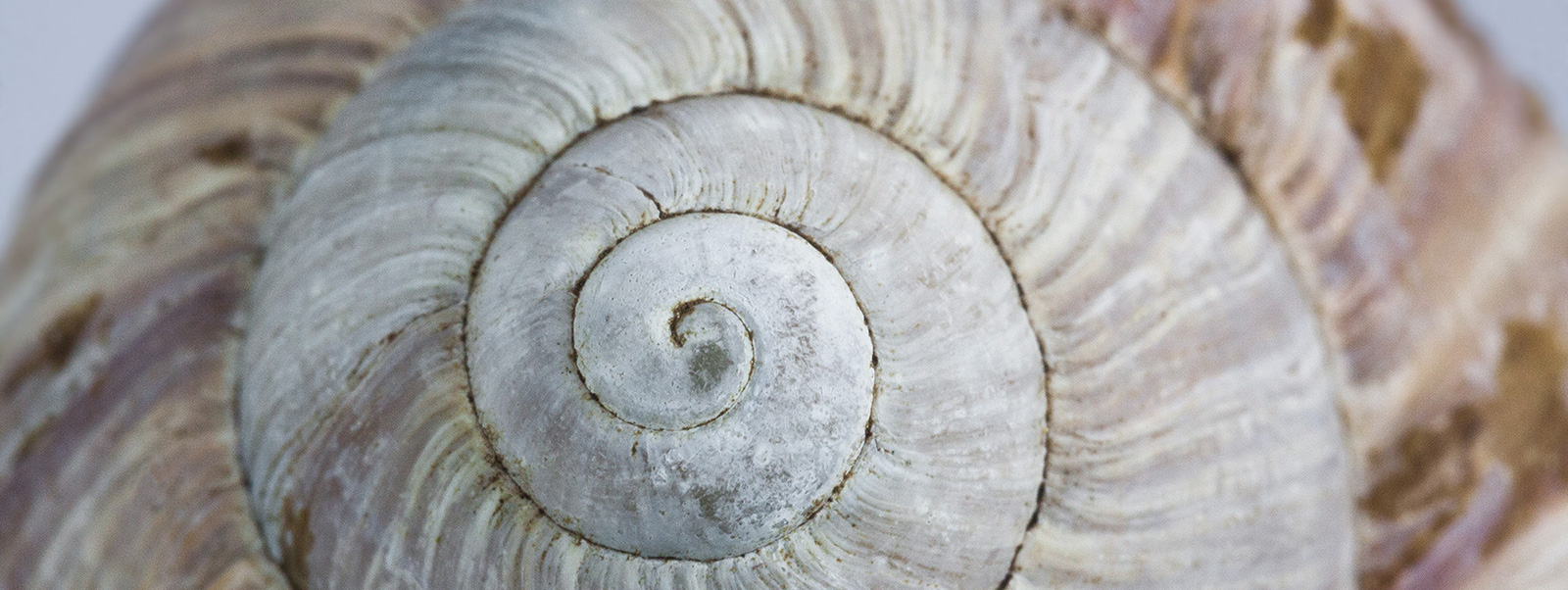Moonlight (A Vampire’s Dream)
 We encounter them in our offices. They live amongst our families. We befriend them online, in our friendship circles. They are the beguiling strangers we meet on our travels. Men and women who leave us depleted, disorientated, disempowered, sucked dry.
We encounter them in our offices. They live amongst our families. We befriend them online, in our friendship circles. They are the beguiling strangers we meet on our travels. Men and women who leave us depleted, disorientated, disempowered, sucked dry.
They travel in groups. Wan-faced teens with vacant eyes. Pale bodies indelibly stained with tattoos, savagely pierced with shiny metal – fag ends of ancient initiation ceremonies that once embraced and bound neophytes to the tribe. This fragment of tribal belonging so often lacks a spiritual profundity. So they live their lives vicariously, vacuously. Umbilically attached to the iPod.
The vampire is a shadowy figure that has sunk its sharp fangs into myth and legend in every culture for thousands of years. Cursed, defiled, denied, damned, the un-dead reappear in popular culture, often eroticised: Buffy the Vampire Slayer, Interview with the Vampire, Bram Stoker’s Dracula,True Blood,The Vampire Diaries, Twilight. In modern culture, the vampire is mild mannered, courteous. No ghoul or hideous monster. The scene is always the same. A naive, but always willing victim invites the vampire into the home or bedroom, where it sucks the red life blood from a proffered neck to sustain its own life force. There is a chilling sense of fatal attraction. A passive complicity, an enchantment, as the victim exposes her seductive neck, or lies alluringly asleep. Night after night the Vampire visits. The Victim wavers, weakens. Then, bloodless, transforms into a cadaverous demon ravenous for a fresh source of life-blood. Vampires have lost a connection to their core aliveness. Circumstance, or Fate, has battered their ability to connect with Source, the Divine, leaving them lost, alone, going through the motions of living. In movies, TV series, the old myths are coloured with swooning eroticism. The early recorded stories were very dark and carnal, with brutal destruction of the vampire-turned-victim by the ordinary village folk. In myth and fairy tale the hero or heroine is enchanted. Lost in a dark wood, displaced, far from kith and kin, vulnerable. In poetry, love stories, the unconscious psychic connection between lovers becomes the macabre death-dance of victim and persecutor, as lovers merge, fragile psyches become possessed by these devouring archetypes. John Keats describes this sense of enchantment:
Oh what can ail thee, knight-at-arms,
Alone and palely loitering?
The sedge has withered from the lake,
And no birds sing… La Belle Dame Sans Merci.
Celebrities captivate sycophants into their orbits. Movie stars, singers, models can be literally possessed by the vampire archetype. They feed off their advisors and groupies, the “love” from their audiences, and in turn are devoured, leaving in their wake the detritus of drugs, drink and deception that destroys. Often suicide is the only way to leave the emptiness. We can constellate the vampire archetype in our own lives in the victim- persecutor dance brutally played out in so many relationships. In fear and lack, we may constellate people into our lives who polish our egos, make us feel needed, loved, important for a while… and together we germinate a symbiotic relationship that leaches our joie de vivre, saps our sense of self, sucks out promise, all hope. “Loneliness, physical or spiritual, may allow this complex to manifest. Falling in love is another common way to become vulnerable to this manifestation. Many vampire stories tell of women or men who unwittingly fall in love with a vampire, and after marriage become their victims” writes Bob Johnson.
Studies on incest and paedophilia tap into the vampire archetype. The vampire complex lurks like a hidden virus in families, surfacing again and again in successive generations. Until someone breaks the ties that bind…
Bob Johnson continues, “Vampire lore suggests incest because the most startling aspect of the folkloric vampire is that he must first attack members of his own family. His victims are preordained to be those he loved most in life. Modern versions do not always include this element, but it is almost universal in vampire folktales. And so we have the vampire father and mother who must first attack those they love.” James Twitchell, in his book on incest writes about the vampire: “I cannot think of any other monster-molester in our culture who does such terrible things to young victims in such a gentlemanly manner. He is always polite and deferential, and his victim is almost always passive in return.” The deeply disturbing movie, Trust deals with online sexual predators and the shattering of trust in a family as a 14-year-old girl is groomed and lured by the vampiric Charlie.
Not all victims of vampires become vampires in turn. Some survive to write books, appear on talk shows. Young children escape the savage breast of a vampire mothers or a psychically devouring father. Elizabeth Lesser escaped her demon lover and wrote about her experiences in Broken Open. We are not required to become vampires. We allow ourselves to swoon. We stay too long. We deny our instincts. We vacillate, procrastinate, assuage our doubts, wish and hope it will all get better…. It never does. Without a strong sense of authentic self, a spiritual fountainhead that sustains our thirst, a sense of meaning, a philosophy that animates us when events in our lives darken all the silver linings in the clouds, we float in a void, drained of our life force, or sit, waiting at the window. Passively, we vacillate, procrastinate, and loiter in the darkness of our own fear, our own terror of living our lives with blood red passion…
So our holy quest is to discover for ourselves that source of spiritual succour. To connect with our inner world through music, dance, poetry. To discover an activity that gives meaning to our lives. To draw into our lives those relationships that nourish and delight. It takes courage to dismount from the Ferris Wheel of busyness and distraction. Often it is an act of will to sit in a field of daisies, and listen to the whisper of our soul, the heartbeat of the earth. Like Parsifal, we need to ask the right question. And then take action to save ourselves.
Stevie Nick’s lyrics depict the vampiric dance
“Now and others say…. she’s not really real….Like a candle burns bright, wants to burn faster~ well maybe then… at least she really feels.. Burning like a candle in the middle…She’s lonely, lost…she’s disconnected. She finds no comfort in her surroundings. Beautiful, Insecure, she has nothing. She moves from situation to situation…. like a ghost. Then she sees him ….candle burning….”


